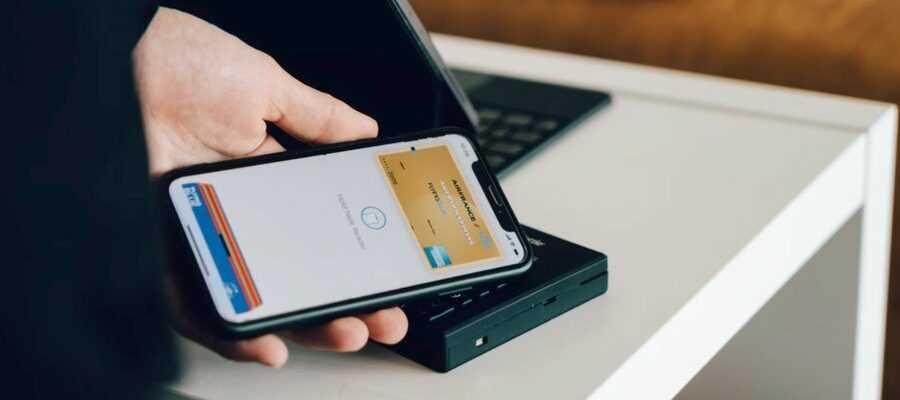Apple wants to allow small merchants to use their iPhone
rather than a traditional TPE to accept payments. This novelty, which would not involve any particular accessory, would arrive in our daily lives within a few months.
Make the iPhone a full-fledged TPE… without forcing merchants to add an accessory to it to receive payments. This is what Apple would have in mind if we are to believe Bloomberg. The American media explains that this novelty could materialize in the coming months.
A project made possible by a takeover
The deployment of a feature of this type on the iPhone has been anticipated for a while now, underlines The Verge. It would find its genesis in the acquisition of Mobeewave, a Canadian start-up specializing in contactless payment, acquired by Apple in 2020.
As a reminder, Mobeewave had in the past worked with Samsung to develop NFC technology allowing the Korean giant’s smartphones to accept contactless payments, directly from a bank card or a mobile payment solution (such as Apple Pay). , Samsung Pay, or Google Pay). Called “Samsung POS”, this technology was tested in Canada at the end of 2019.
A novelty launched with iOS 15.4?
Finally, the concept would soon take shape at Apple. As indicated The Verge, it is not known, however, whether the technology developed by Mobeewave will be an integral part of Apple Pay. For the rest, Apple could use its own payment network to operate the collection on iPhone, or deploy it with the support of an existing partner.
As for the launch window, we must remain cautious, but Bloomberg believes that this novelty could be introduced for the first time through the beta of iOS 15.4. The latter is expected soon, iOS 15.3 having been deployed on January 26.
On the same subject :
iPhone 13 carries Apple in China, now number 1 in smartphone sales
Source: The Verge

18